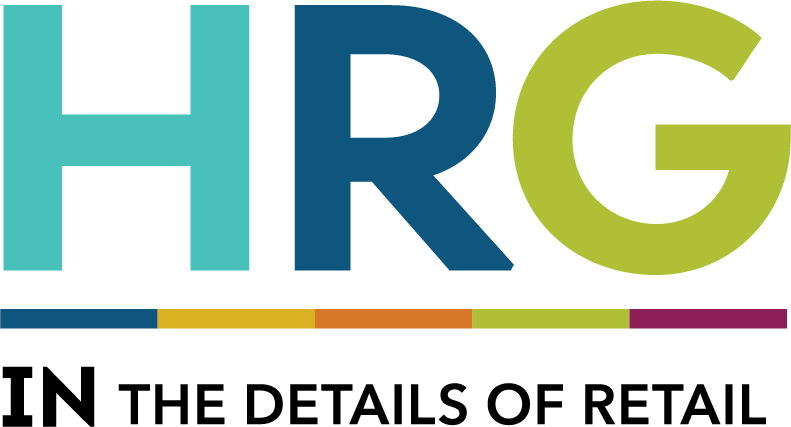by Dave Wendland, vice president strategic relations, for Chain Drug Review
Consumer behavior in the foreseeable future will likely continue to be shaped by economic uncertainty and access to new technological advances. Meanwhile, retailers will be met with a variety of competitive forces, ever-changing shopper preferences, retail media network evolvement, omnichannel demands, and the risks and rewards of artificial intelligence.

In the recently released book Bionic Retail, author Gary Hawkins suggests that there is a problem amid the evolution of retail: The pace of change outside of organizations is growing faster than within…creating a growing gap. A gap between the processes, practices and culture that have made retail successful in the past, and what’s required moving forward. It includes a growing gap between shopper expectations and the traditional store.
As Hawkins suggests, the basics of a successful retail experience have remained largely unchanged since the first transaction occurred. Of course, it will always be about having the right product (assortment) to satisfy a shopper need (demand) arranged in an aesthetically appealing manner (visual merchandising), offered at a value (priced smartly), and delivered with unparalleled, consistent service. However, these basic truths require re-examination and adjustment on an ongoing basis — it has never been a one-and-done.
Harvard Business School professor Michael Porter defines competition in business as the struggle to attain a profitable, unique position in the market. He advises that companies should not simply “compete to be the best,” but instead “compete to be unique.”
To start, in the reality of today’s retail landscape, engagements must extend beyond shopping. Retail approaches must include a deep understanding of the shopping journey and brand perceptions, while delving into a shopper’s values and preferences. Retailers have to work to “wow” shoppers with a multisensory experience that will keep them coming back.
At HRG we have seen exciting fixture enhancements and new in-aisle technology that contribute to an enhanced shopping experience across brick-and-mortar settings. The cosmetics aisle is a shining example of shelf transformation, with brands and retailers applying creative ways to engage shoppers.
The retail experience should be consistent across physical stores and the other platforms that have become table stakes for retailers. With the amount of data and insights fueling AI (artificial intelligence), compelling copy and visuals are available, offering the potential to further enhance customer-facing interactions.
Next, examine the items you carry. At the core of successful retail operations is the product array. Re-evaluate product assortment, ensuring alignment with customer expectations, rather than focusing solely on inventory measures such as turns and profit per square foot. Stocking products customers want and ensuring they are placed where shoppers expect to find them will result in more frequent shopping and loyalty.
HRG has consistently witnessed innovative items fueling category growth — in fact, in some categories, as much as 40% of category sales are due to new items added to the assortment. Understanding the interests and desires of shoppers is step one. Then, select specific products that emphasize a balance between breadth and depth. From sourcing local products to finding emerging brands, the art and science of assortment planning has become far more complex.
Once your assortment has been evaluated, determine how you can provide value to customers. In an economy marked by a weakened dollar and budget consciousness, value matters to shoppers. One example is demonstrated by a report released by Placer.ai citing that weekly visits to discount retailers were up consistently in the four months between May and September 2023.
According to Deloitte’s “2024 U.S. Retail Industry Outlook,” three in four consumers are concerned about rising prices. Value doesn’t necessarily mean that shoppers are looking for low prices, rather they are seeking items that are priced fairly for the features, benefits and/or the overall offering. Retailers can improve shoppers’ perceptions by providing value-added services such as loyalty programs and targeted promotion strategies.
Speaking of service, it’s all about the associates. Retailers who find creative ways to attract and retain exceptional frontline talent can offer unparalleled engagement. In-store associates who are well trained become knowledgeable product experts who provide memorable and satisfying shopping experiences for customers.
To equip team members with the right tools to deliver unforgettable experiences, recent technologies and the adoption of AI could be game changing. Applications of AI are beginning to impact areas such as labor scheduling, skill development, product knowledge, merchandising compliance and customer service. Implemented thoughtfully and with safeguards in place, both employees and customers could benefit from AI-enabled automation and knowledge features that improve overall retail service.
Survival of the fittest and the most differentiated will prevail. As Winston Churchill said, “This is no time for ease and comfort. It is time to dare and endure.”
